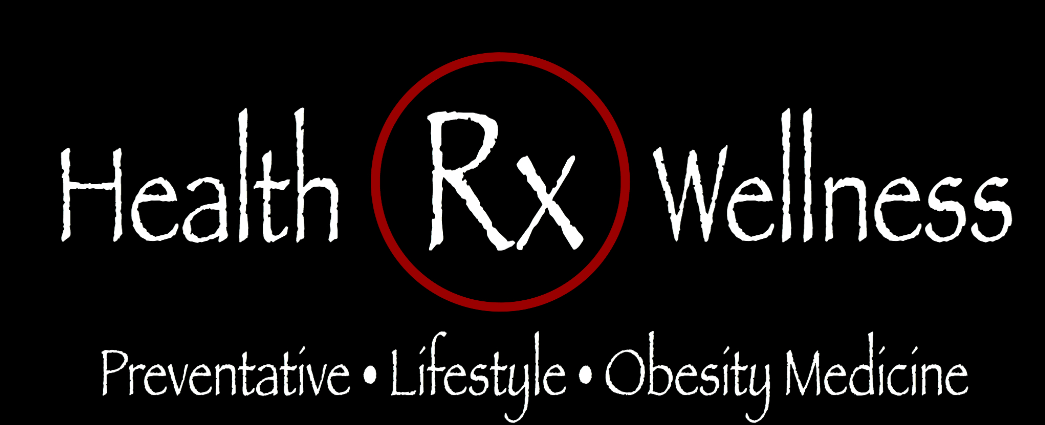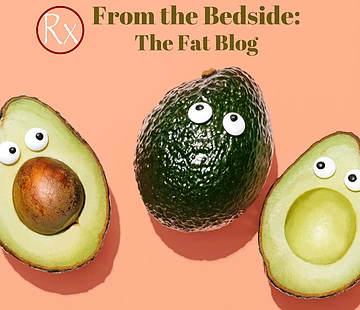At Rx Health and Wellness Weight Loss Clinic located in Owasso, Oklahoma, we strive to provide practical information to aid you on your weight loss journey. We gladly share our knowledge in a series of posts titled “From the Bedside”. In this article, Sarah Gunn, LPN, at Rx Health and Wellness Weight Loss clinic, discusses Fats and how they can affect your health and weight loss goals.
By Sarah Gunn, LPN
By now I’m sure you are all well educated on carbs, proteins and fibers, but now it is my turn to educate you on FAT! You might think “well that’s simple, fat is bad don’t eat it.” Unfortunately it isn’t that black and white. Actually in recent years fat has become a bit of a weight loss star, especially in diets such as the Ketogenic diet. Whether you are on a high fat or low fat diet, the truth remains, fat is essential to bodily function. Fat is your body’s way of storing energy, it is in every cell membrane, the protective sheath around your nerves, it cushions vital organs and is needed for your body to utilize vitamins A,D,E and K, just to name a few. So my goal for this installment of “At the Bedside” is to simplify the mystery of what fat is “good” fat.
We’ve all heard of trans fats, saturated fats and unsaturated fats. All of these fats are chemically similar in structure, they consist of a chain of carbon atoms bonded to hydrogen atoms and they all contain 9 calories per gram. The slight differences in the length, shape of the chains and the number of hydrogen atoms all add up to crucial differences in their form and function.
Let’s break it down a little, trans fats are usually solid at room temperature, think butter and shortening. These really have no known health benefits, they can increase you bad cholesterol and decrease your good cholesterols. Trans fats are linked to heart disease, stroke, diabetes and other such chronic conditions. Saturated fats come from animals and have a higher number of hydrogen atoms attached to their carbon chains, hence the name “saturated”. This type of fat is similar to trans fat; they are usually solid at room temperature and linked to heart disease. Think of it like this, if the fat is solid at room temperature it is also more likely to become solid in your arteries. Yuck!
So now for the good news, unsaturated fats can actually increase your good cholesterol and decrease your risk of heart disease. Unsaturated fats contain fewer hydrogen atoms and are liquid at room temperature. Monounsaturated fats are found in olives, peanuts, canola oil and avocados. Poly unsaturated fats are essential, meaning your body can not synthesize them itself, and you must consume them in your diet to maintain normal body function. These are things like Omega 3 and 6 fatty acids which are found in fatty fish like salmon, mackerel and sardines as well as flax seed, walnuts and canola oil.
According to the 2015-2020 Dietary Guidelines for Americans it is recommended to avoid trans fat, limit your dietary fat to less than 10 percent of your daily calories, and try to make that 10 percent come from the healthier monounsaturated and polyunsaturated fats. You can do this by using olive oil instead of butter to saute those onions for dinner, or choosing fish instead of meat at least twice a week to get those omega 3 fatty acids we talked about. Selecting lean meats like poultry and trimming off visible fat from your steak can also help decrease your consumption of saturated fats.
Stay tuned for our diet series where we will discuss a high fat diet for weight loss. However, in the meantime if you are interested in discussing whether you would benefit from for your weight loss or have disease processes that require a modified diet including one that is modified in fat, then feel free to come visit with one of our providers.


